Waite Hoyt
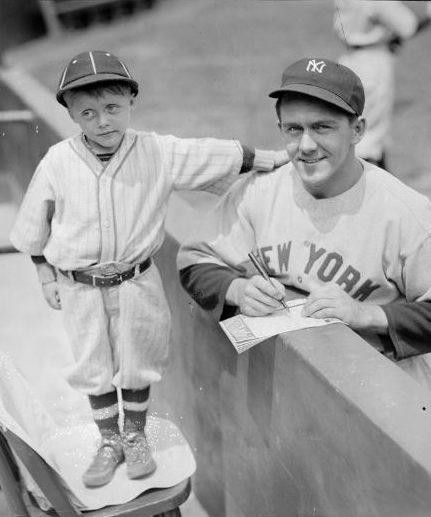
| Birthdate | 9/9/1899 |
| Death Date | 8/25/1984 |
| Debut Year | 1918 |
| Year of Induction | 1969 |
| Teams | Athletics, Dodgers, Giants, Pirates, Red Sox, Tigers, Yankees |
| Position | Pitcher |
Waite Hoyt is the only member of the Baseball Hall of Fame to play in both the American and National Leagues before he was old enough to vote.
Leave a comment
In the collection:
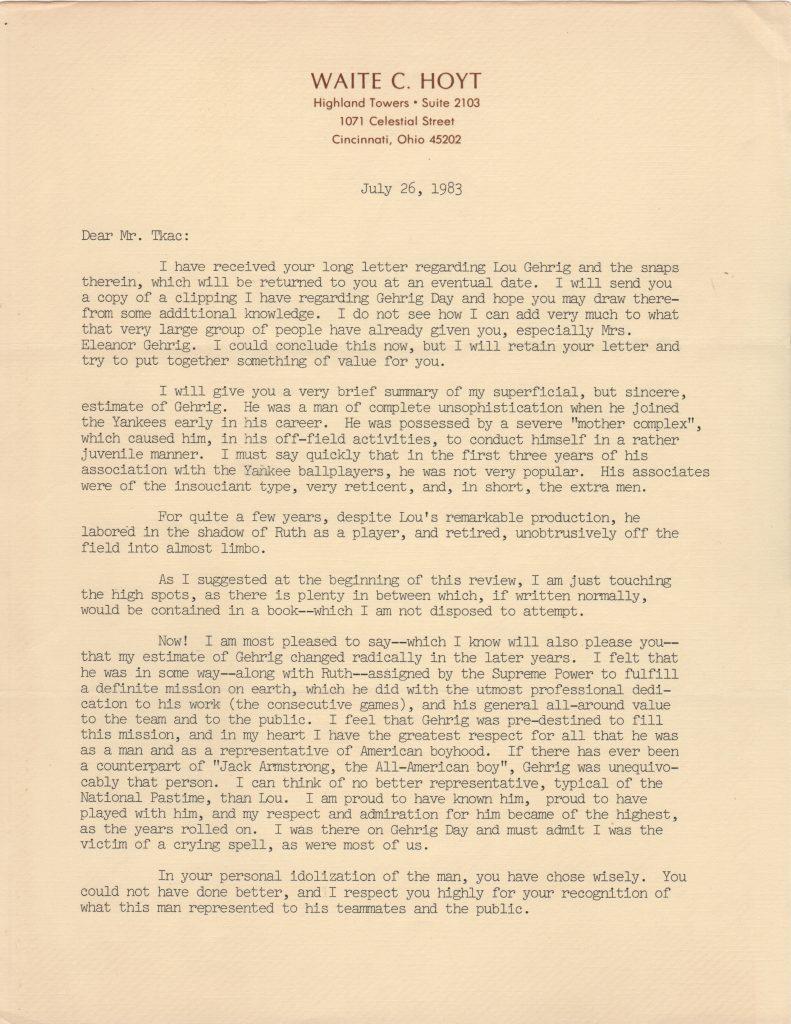
Waite Hoyt was Lou Gehrig's teammate for the Iron Horse's first 7 big league seasons
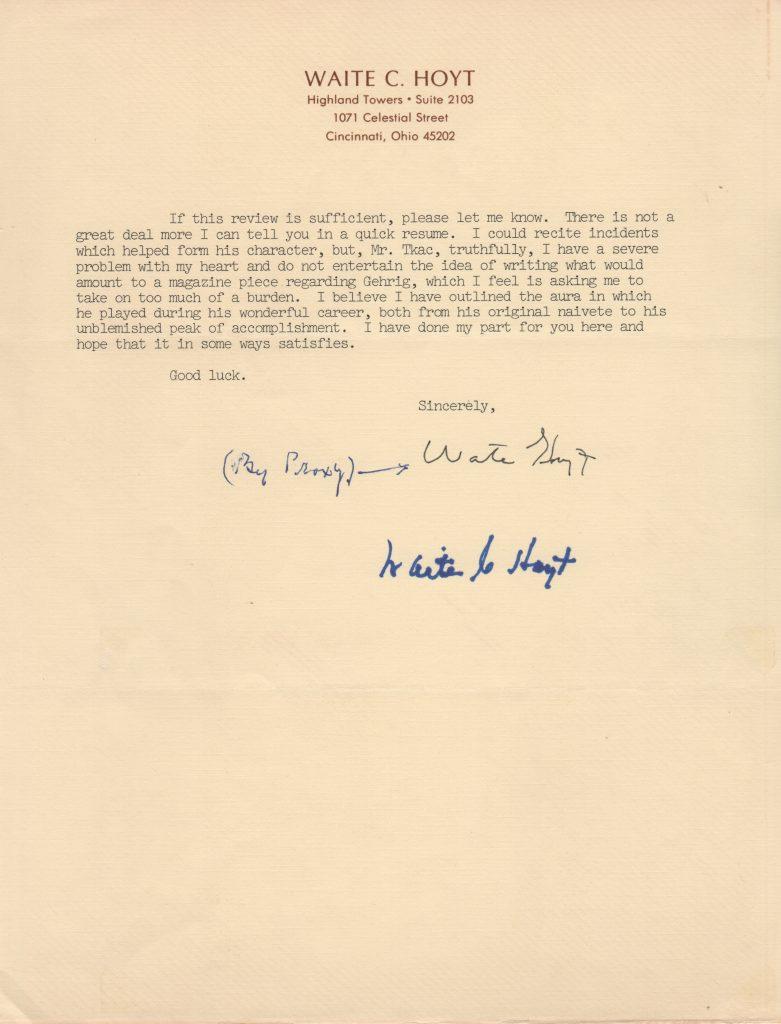
Hoyt writes of Gehrig's "unblemished peak of accomplishment"
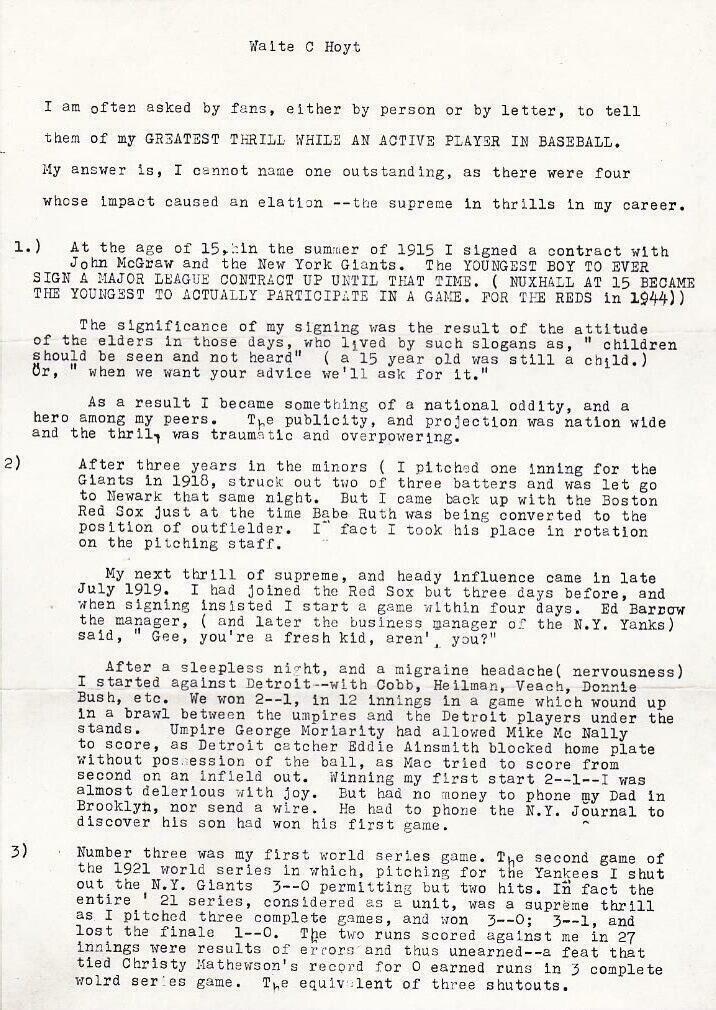
The Hall of Fame pitcher enjoyed a 21-year big league career with many highlights
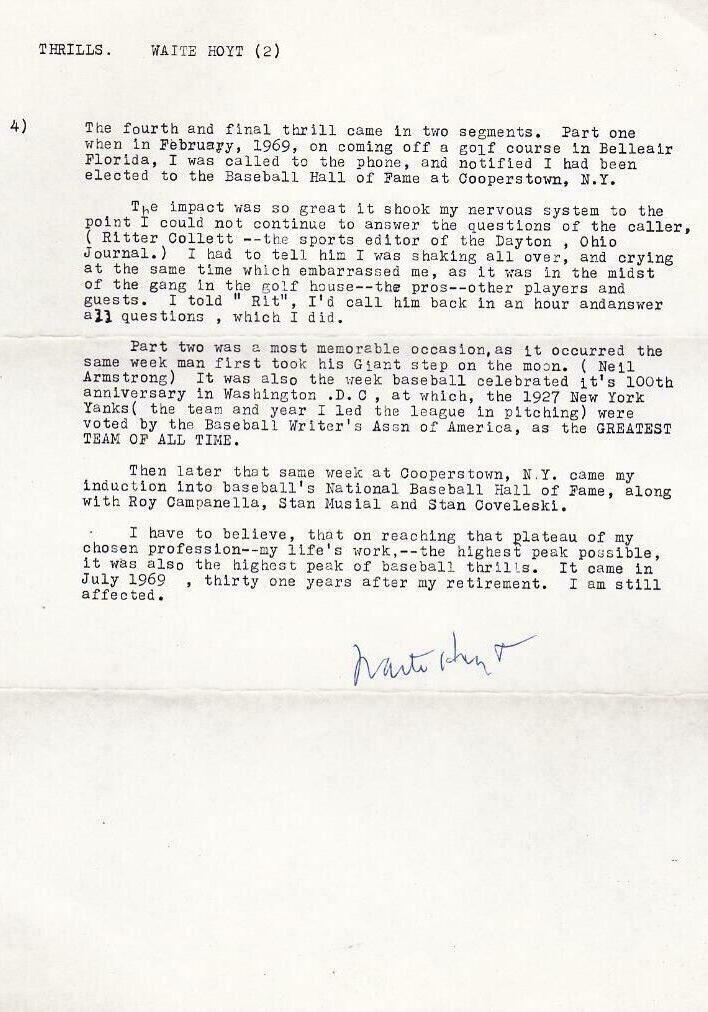
Hoyt received baseball's highest honor when was inducted into the Hall of Fame in 1969
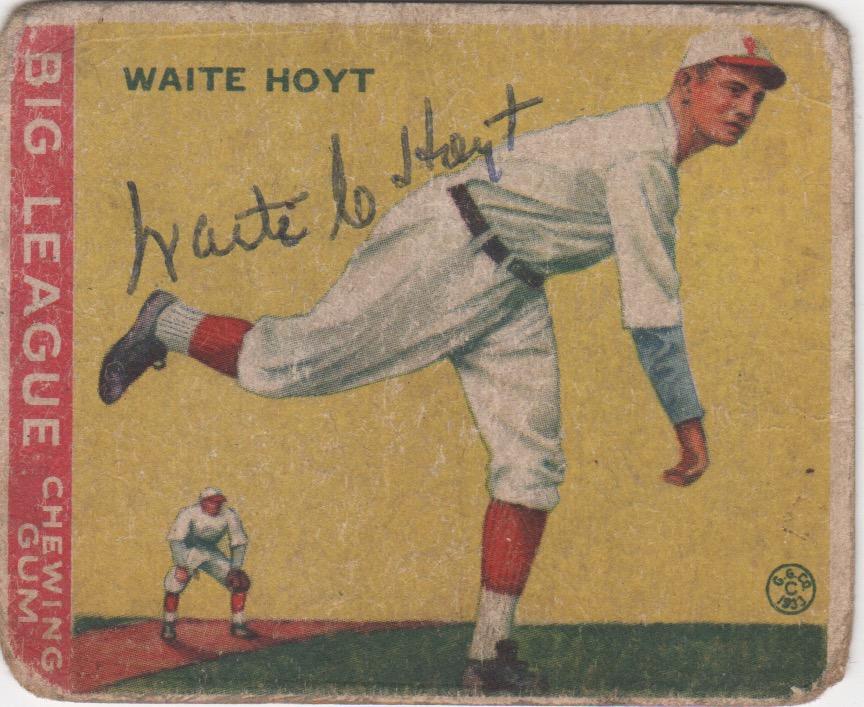
After leaving the Yankees in 1930, Hoyt played for five teams in is final eight seasons
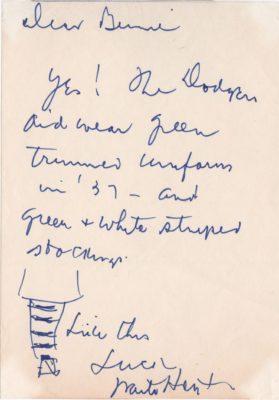
Hoyt finished his career with two seasons for the Brooklyn Dodgers in 1937 and 1938
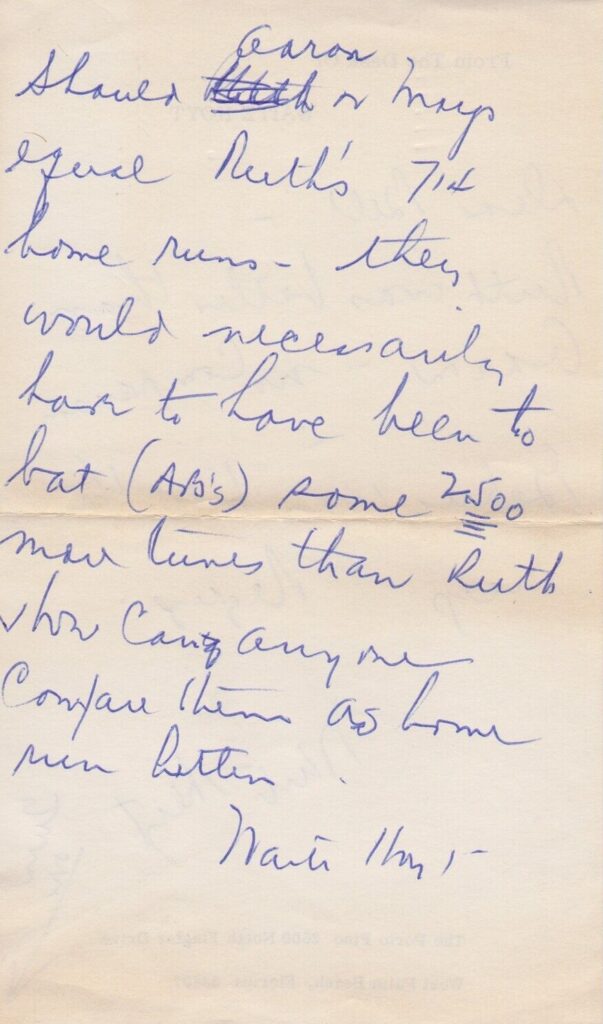
Like most players and fans, Hoyt believed baseball's best players were from his own era
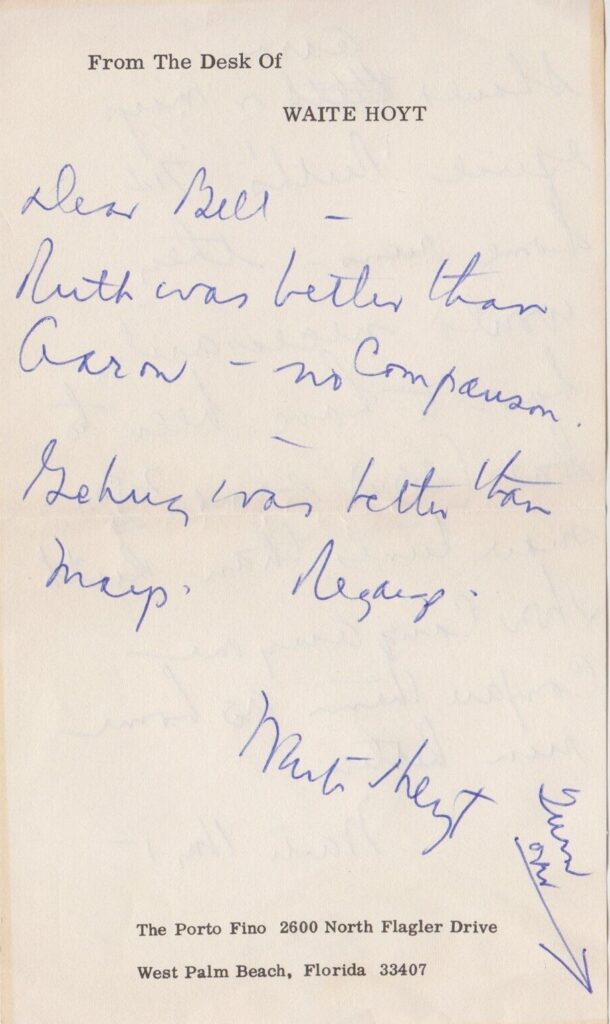
Hoyt maintained that teammates Ruth and Gehrig were better than Aaron and Mays
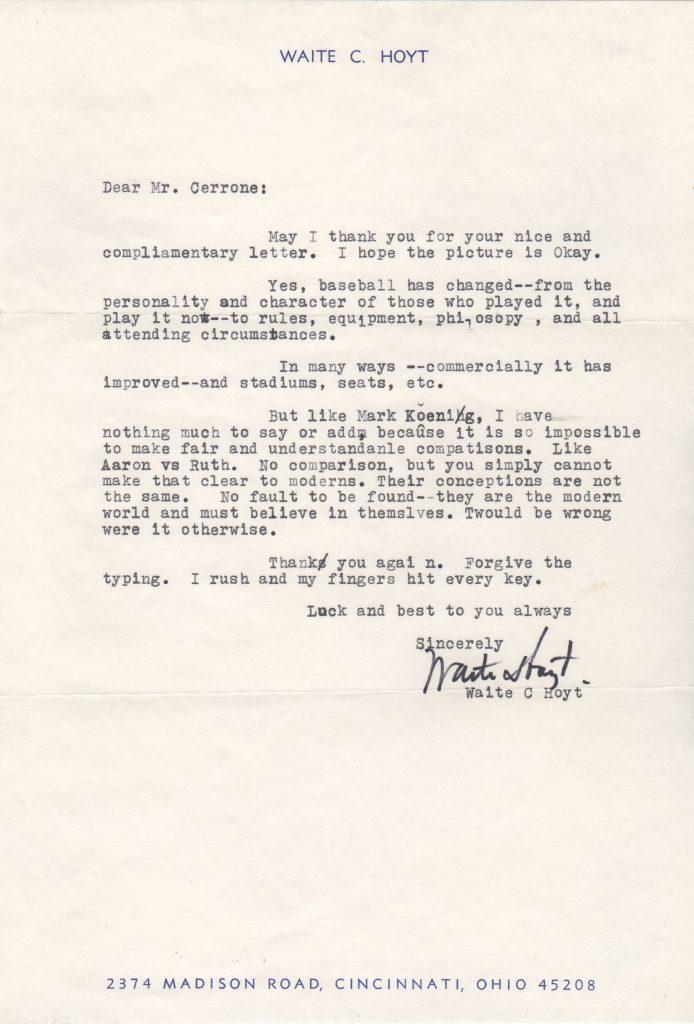
Waite Hoyt was in Babe Ruth's inner circle of friends and a foremost authority on the Bambino
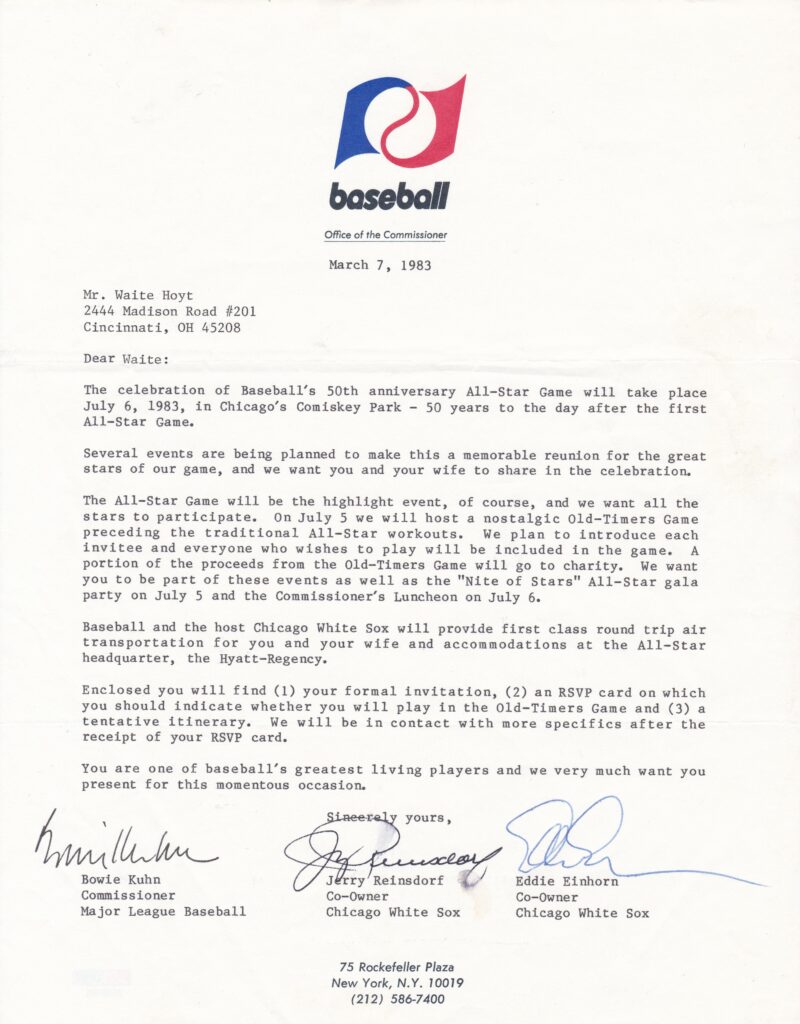
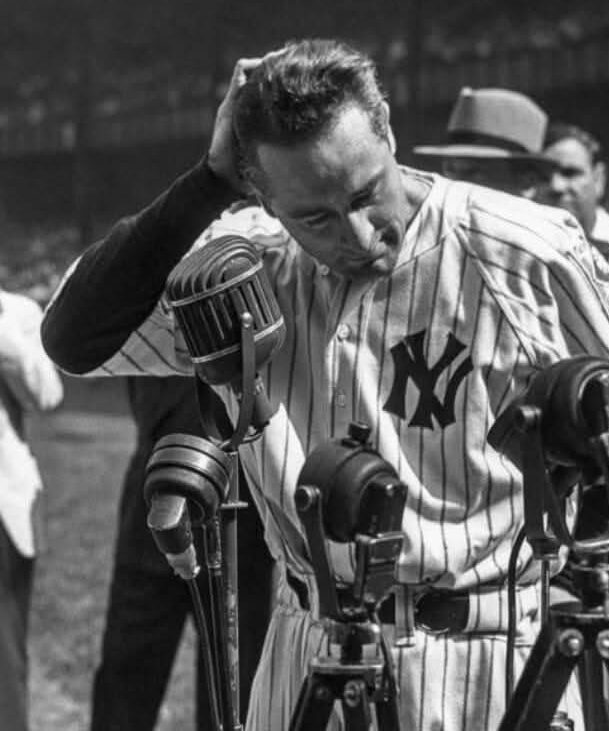
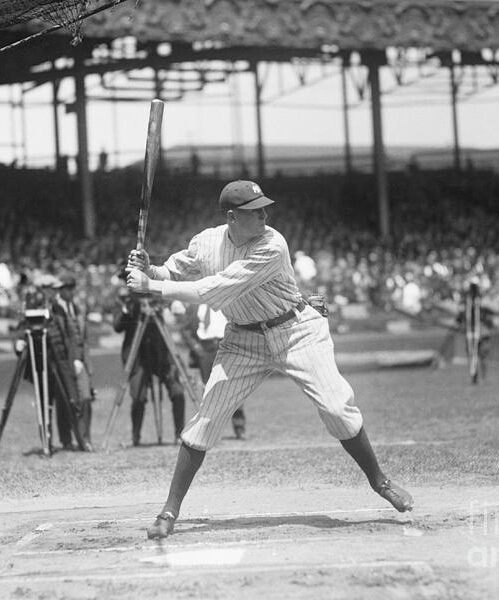
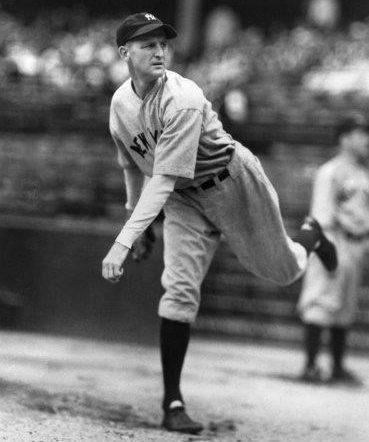
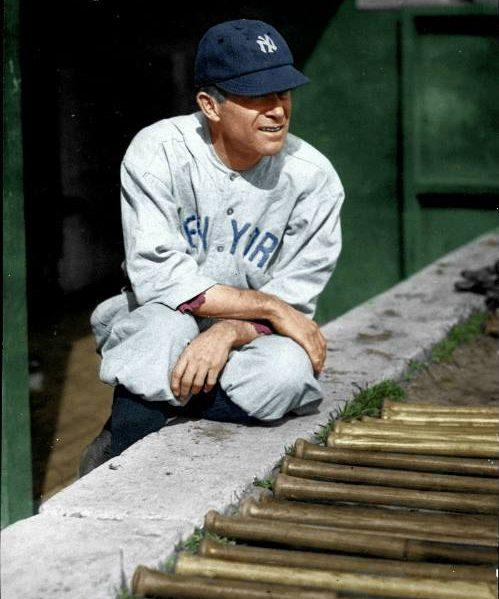

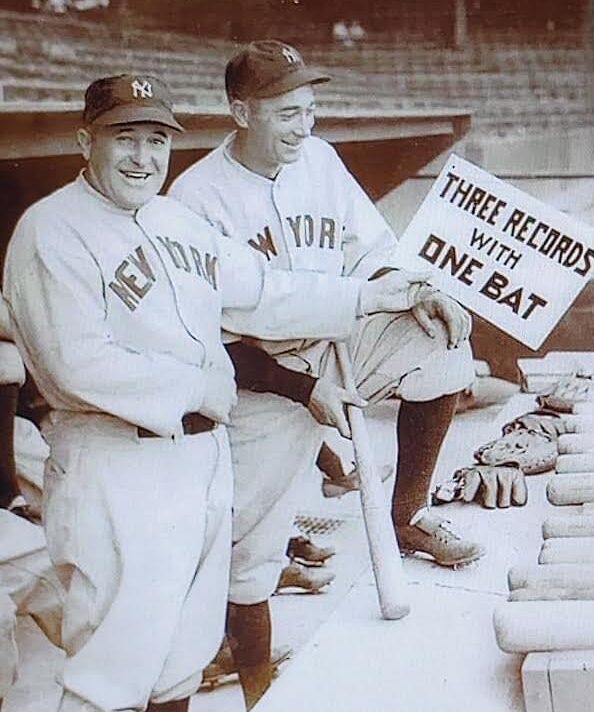
Love baseball & it’s history!
Heck yes! Thank you for visiting our site, Frankie.